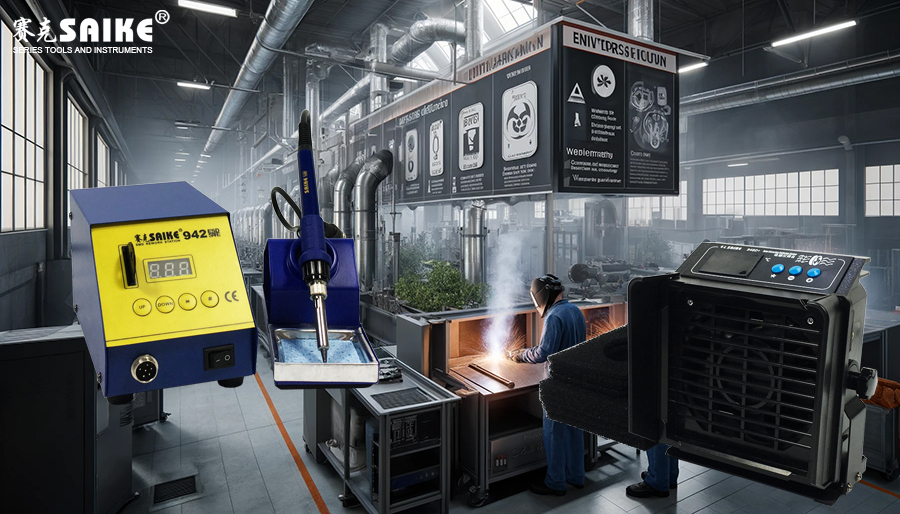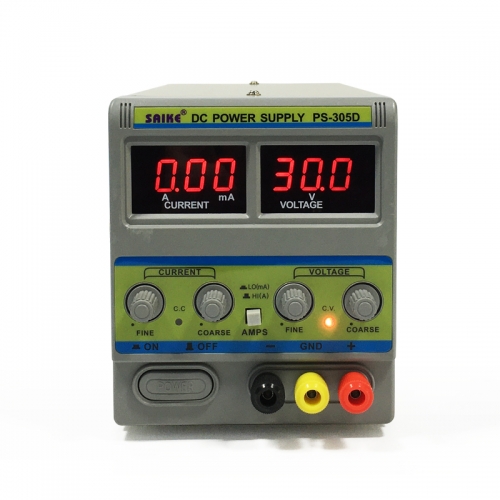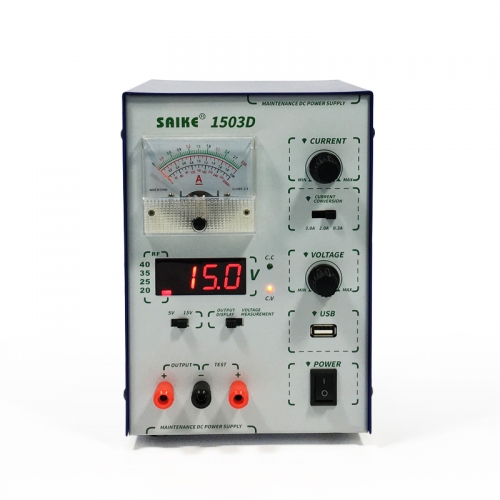
Globally, environmental regulations and standards play a crucial guiding and restrictive role in the welding industry, especially for the operation of welding stations. These regulations and standards aim to reduce the environmental impact of welding processes, particularly by minimizing harmful emissions, improving energy efficiency, and promoting waste recycling. Understanding and complying with these regulations and standards not only helps protect the environment but also ensures that businesses operate legally and compliantly. This article delves into the environmental regulations and standards related to welding stations.
I. Environmental Regulations and Standards Related to Welding
- Emission Standards
- Resource Use and Energy Efficiency
- Waste Disposal and Recycling
- Environmental Labels and Certifications
II. The Importance of Understanding and Complying with Environmental Regulations
- Corporate Responsibility
- Legal Compliance
- Market Advantage
III. Conclusion
For the welding industry, especially in welding station operations, understanding and implementing environmental regulations and standards is crucial. It not only helps protect the environment but also ensures the legality and efficiency of business operations. With increasing environmental awareness and technological advancements, more environmental regulations and standards are expected to emerge in the future. Companies should continuously monitor these changes to ensure their operations always comply with the latest legal and market requirements.







